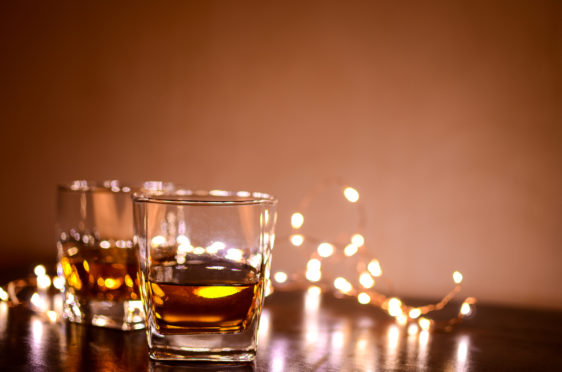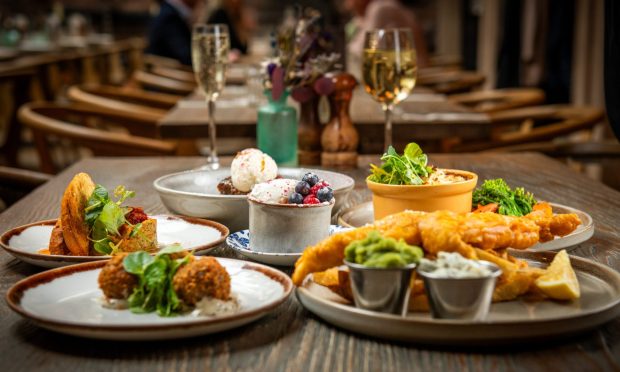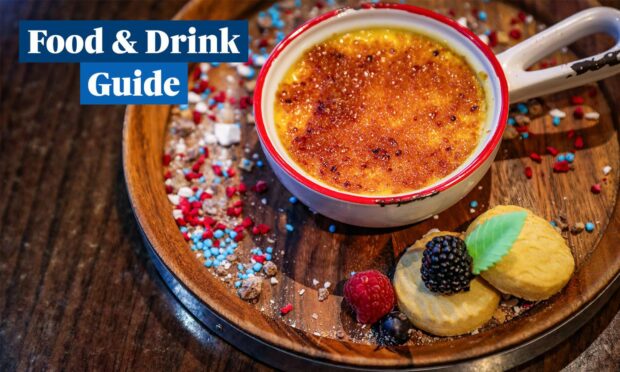It is interesting how Christmas has in recent decades become the world’s most widely celebrated festive event. In countless countries, even ones where Christianity is a minority faith, or has no adherents, Christmas is celebrated in one form or another. And wherever and however it is celebrated, the odd good drink usually has a key role to play.
Perhaps that is not as surprising as it first seems. In a nutshell, for much of human history most of the world’s population lived in the Northern hemisphere and many lived (and still live) well north of the tropics in lands where the four seasons and their crossover points (summer and winter solstices, spring and autumn equinoxes) were very important.
Most crucial was the winter solstice, after which the sun rose daily higher in the sky and people knew for sure that spring and summer would come again. So many peoples, whether primitive or sophisticated, pagan or early Christian, held post-solstice festivals anytime from late December through to mid-January.
The Romans had Saturnalia, a time of feasting, drinking and gift-giving. Nordic peoples celebrated Jol (pronounced yohl, hence yuletide and yule log), and later created Jolenisse, a jolly, green-cloaked, white-bearded sprite, sometimes with a reindeer-drawn sledge full of presents. It is probable that Christian Germanic countries gradually linked Jolenisse to the patron saint of children, Sankt Nicklaus, or as we call him, Santa Claus.
By the way, Santa’s cloak changed from green to red overnight thanks to a 1933 Coca-Cola advert that portrayed him clad in the company’s corporate colour. Never underestimate the power of advertising…
Certainly Santa has been used in countless adverts for other drinks: after all, he has all the merits advertisers seek. Jovial, good-humoured, kindly, benevolent, full of festive cheer — and what better way to enhance that cheer than with a good drink?
Indeed, I’ve always assumed Santa shares his good cheer with his elves and even the reindeer. After all, what else would give Rudolph his red nose?
I am pretty sure Santa enjoys the occasional whisky, and I’d be surprised if he doesn’t keep several bottles of the cratur in his grotto corner cupboard. They will be unlabelled of course—brought to him by the angels as part of their share….










